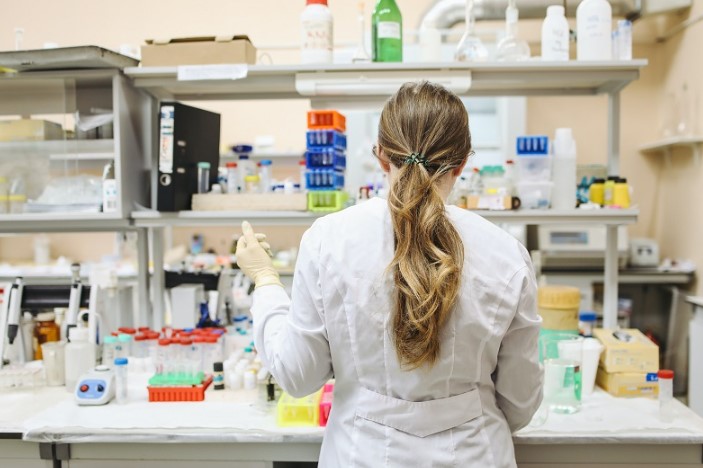As CT towns fight tire-dumping, environmental concerns arise
HAMDEN — For two decades, the reason behind the mass die-offs of coho salmon in Washington state remained a mystery.
Then, in 2020, a group of researchers published a study naming 6PPD-Quinone, a tire-derived chemical, as the likely culprit.
In Connecticut, where illegal tire dumping has been a longtime problem for municipalities, environmentalists say the practice also could threaten the state’s natural resources and have pointed to research like the coho salmon study as cause for concern.
“(Tires) can leach some toxic materials into both the soil and the water,” said Rhea Drozdenko, a river steward with the Connecticut River Conservancy.
Generally, pollution from the wear-and-tear of tires on roads is the bigger issue, said Bill Lucey, the Long Island Soundkeeper for New Haven-based environmental nonprofit Save the Sound. But when it comes to tire dumping, “there’s a lot of nasty stuff in tires that can, with the heat of the sun and the rain, start leaching into the soil,” he said.
Underwater woes
Whether the coho salmon study has implications for Connecticut fish and wildlife remains unclear. Since its publication, additional research has found that 6PPD-Quinone, the chemical named in the study, is only harmful to some fish species.
According to Anders Foldvik, a scientist at the Norwegian Institute for Nature Research who has researched 6PPD-Quinone in fish, the chemical has been shown to be toxic to rainbow trout, chinook salmon and brook trout but non-toxic to sockeye salmon, Atlantic salmon, brown trout, Arctic char, white sturgeon and zebrafish.
Any tires that come into contact with air can create 6PPD-Quinone, Foldvik told Hearst Connecticut Media in an email. The chemical results from the reaction between ozone and 6PPD, a preservative contained in tires.
The coho salmon study isolated 6PPD-Quinone from road run-off. Asked whether tire dumps also could create the chemical, Zhenyu Tian, a co-author on the paper, said in a statement that “any tire rubber is a potential source for 6PPD-quinone, but without data, we cannot evaluate how strong the source (tire dumping) really is.”
On its website, the U.S. Tire Manufacturers Association says 6PPD is critical in preventing tire degradation and ensuring driver safety. The USTMA also claims the chemical has a “comparatively low leaching potential from rubber particles in aqueous media.”
The organization supports additional work to understand the compound and its environmental impact, its website says.
Airborne & underground troubles
Tires have a more beneficial relationship with a different type of wildlife, but it’s one that might not even make nature-lovers happy: the mosquito.
“When you dump a bunch of tires, they make a perfect incubator for mosquitos,” said Lucey of Save the Sound. As water gets stuck inside the ridges of abandoned tires and heats up, it can become a habitat for algae, Lucey said. The mosquito larvae follow.
As the climate warms and the prevalence of mosquito-borne diseases increases, “you don’t want to enhance the breeding habitat for mosquitos,” Lucey said.
Meanwhile, in soil, tires can leave behind metals such as cadmium and lead, according to Courtney McGinnis, a professor of biology at Quinnipiac University.
Cadmium has been associated with heavy metal toxicity in birds and reptiles, she said. It can decrease the quality of their eggs and impact reproductive success, she said.
‘It’s just nonstop’
Even so, officials in some Connecticut towns say the scale of illegal tire dumping seems to have increased in recent years.
Joseph Colello, Hamden’s public works director, estimated that over the last six months to a year, five large-scale tire dumps have been reported in town. Those piles each contained between 100 and 300 tires, he said.
“Within the last year, maybe a little bit less, something changed and we’ve been getting an astronomical amount of tires,” he said. “We’re one of the towns getting clobbered.”
For North Haven First Selectman Mike Freda, the issue seems to have worsened during the COVID-19 pandemic. “It’s just nonstop,” he said.
Recently, public works crews “spent hours and hours and hours cleaning up tires that were dumped on Valley Service Road,” he said. “Then three weeks later you wouldn’t even have known we were there because more tires were dumped.”
As municipalities fight to keep up with tire cleanup, the state legislature is considering a bill that could ease the burden.
House Bill 6486 would task the tire industry to create a recycling stewardship program for tires. It is a type of policy known as Extended Producer Responsibility, or EPR, in which manufacturers take responsibility for the disposal of their products.
Drozdenko of the Connecticut River Conservancy said the agency has been lobbying for such a program for years.
“There currently isn’t any EPR program (for tires) anywhere else in the United States,” she said. “It would be really exciting to have Connecticut be at the forefront of this issue.”
meghan.friedmann@hearstmediact.com







